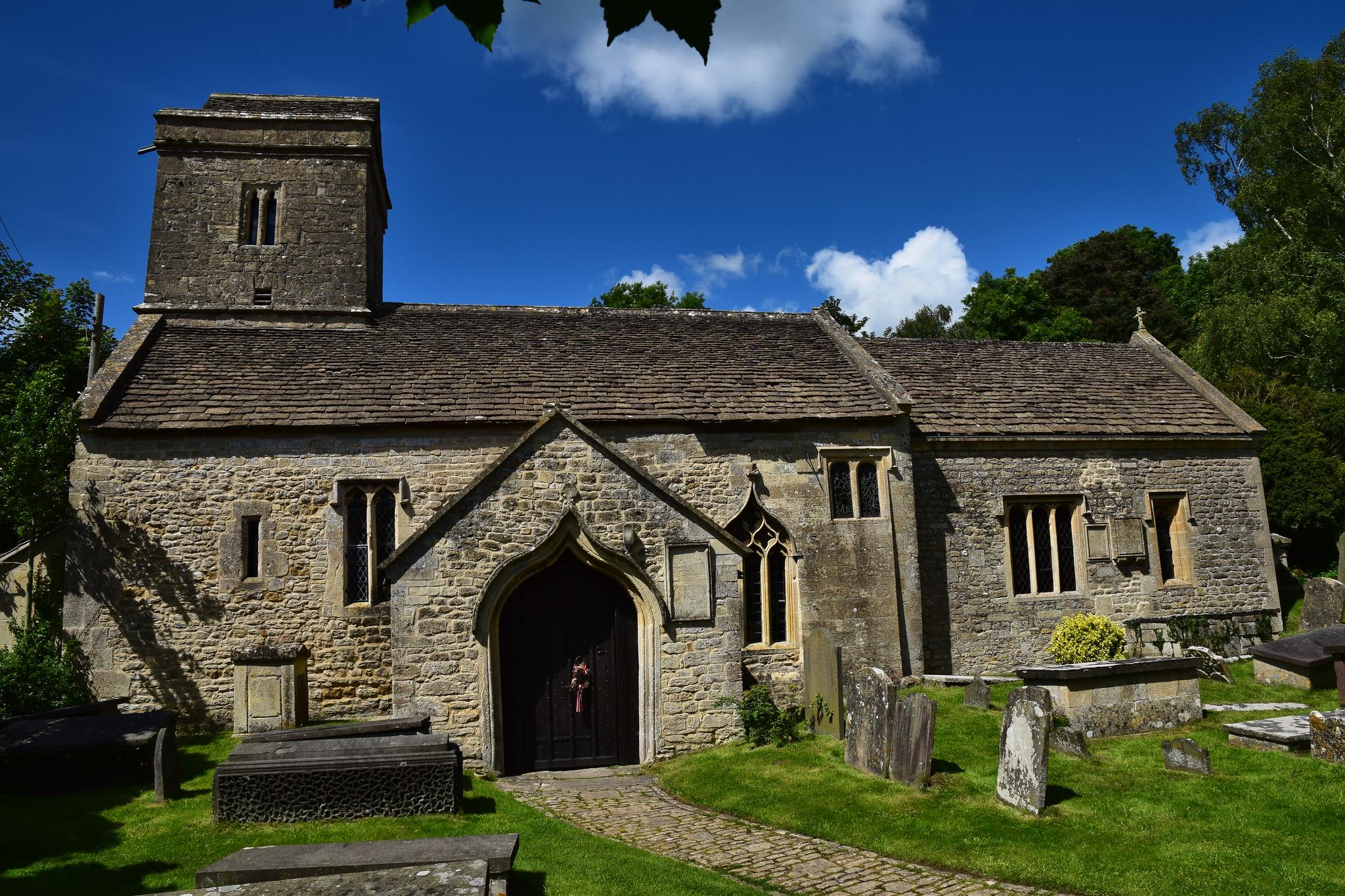All Saints
Woolley, Somerset
Hidden in the hills only four miles north and slightly west of the ancient city of Bath, the village of Woolley dates back to Saxon times and a visit to this most tranquil hamlet is a most uplifting experience.

Our tiny 12th century church nestles on the edge of the most beautiful valley on the southern edge of the Cotswolds.
Upper Swainswick, Somerset
It’s a lovely, peaceful place and one with strong associations with the city of Bath; John Wood the Elder and his son, the architects of Georgian Bath are both buried here, believing it to be the place where the healing waters of Bath were first discovered by the mythical King Bladud.
The first thing you notice about Swainswick church is its beautiful setting. We’ve put tables and chairs out in the churchyard and you can help yourself to tea and coffee and simply enjoy the surroundings.
But, if you’re interested in history and architecture, here are a few facts: The church was built towards the end of the 12th century, with a number of later additions. You enter through the south porch, built in the 14th century, under a ogee arch. Inside the porch you can see the richly carved 12th century late Norman doorway with zigzag and dogtooth motifs. The inside of the church is light and simple, with little stained glass.
Individual points of interest include the burial slab of John Wood the Elder (1704-1754), architect and developer of Georgian Bath, including the Circus, Royal Crescent and Prior Park. His son, John Wood the Younger, also an architect in Bath, is buried beside his father. From the churchyard, looking southwest, you will see, just appearing over the trees, the cupola of Woolley church, built by Wood the Younger in 1761. It’s a twenty minute walk across the valley to get there.
Also buried in the church is Thomas Prynne, father of William Prynne, one of the leading puritan activists of the 17th century. His fierce pamphlets attacking the King and the Bishops meant he was imprisoned (and had his ears cut off) in the Tower of London. But once King Charles was captured and deposed, Prynne campaigned against his execution and was imprisoned again, this time by the government. On his release, he returned to Swainswick and may have been responsible for the painted Royal Arms of Charles I, which were ostentatiously hung over the church door in 1647, the year after Charles’ death.
Woolley, Somerset
Hidden in the hills only four miles north and slightly west of the ancient city of Bath, the village of Woolley dates back to Saxon times and a visit to this most tranquil hamlet is a most uplifting experience.
Bath, Somerset
Larkhall, Somerset